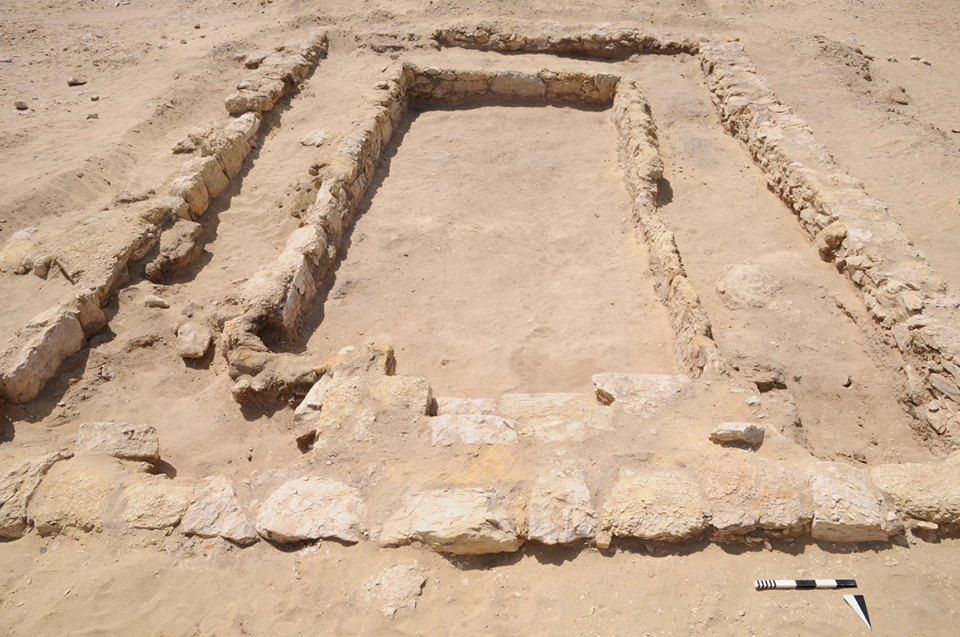
For the first time ever, archaeologists digging in Egypt have uncovered a Greek-style gymnasium, which the team believes a small town may have built in order to seem more Greek, according to a statement released Monday by the Egyptian Ministry of Antiquities.
The building's remains were found outside Wafta, about 50 miles southwest of Cairo. It is the site of the small town of Philoteris, which was founded during the second century B.C. At that point, Egypt was under the control of the Ptolemies, descendants of Alexander the Great's General Ptolemy, who took over the territory after the Greek conqueror's death, making it part of the Hellenistic, or "Greekish" world. (The last of the Ptolemaic dynasty to rule Egypt was the famous Cleopatra.)
In ancient Greece, a gymnasium was primarily a space for young men to work out and converse with older mentors. That wasn't just a matter of health, the way we view gyms today: It was also part of a city's defensive strategy because the skills learned at the gymnasium tended to parallel those needed in the military.
After the Greeks took over Egypt, locals picked up a taste for Hellenistic culture, and that included other cultural buildings like baths, so it's not particularly surprising to find evidence they latched onto the idea of a gymnasium as well. And scholars have previously found references to gymnasiums in texts from the period. But this is the first time archaeologists have uncovered a structure to match.
This gymnasium wasn't recorded in documents archaeologists have previously found about Philoteris specifically, although they do note that the site had a bathhouse. Those references suggest the town was home to about 1,000 people under the Ptolemies. The population would likely have been a mix of native Egyptians and new Greeks. Philoteris is located in the region known as Fayum, which was popular with Greek settlers, and which has been a rich source of finds for archaeologists.
At the gymnasium site, archaeologists from Egypt and Germany have found a complex that included "a large hall for meetings, once adorned with statues, a dining hall and a courtyard in the main building," accompanied by a track about 650 feet long, according to the information released by the Ministry of Antiquities.
About two-thirds of Philoteris has been mapped, with individual houses identified, and the town's canals have also been studied. The failure of those same canals caused Philoteris to be abandoned during the fourth century A.D. It stayed that way until the early 1900s, when Egypt saw a renewed push to resettle and reirrigate the area.
Uncommon Knowledge
Newsweek is committed to challenging conventional wisdom and finding connections in the search for common ground.
Newsweek is committed to challenging conventional wisdom and finding connections in the search for common ground.
About the writer
Meghan Bartels is a science journalist based in New York City who covers the science happening on the surface of ... Read more
To read how Newsweek uses AI as a newsroom tool, Click here.








